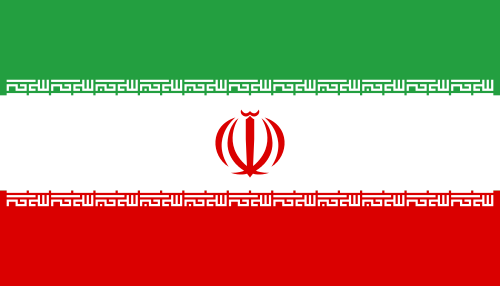University of Kashan
Date Establishment
1973
World Ranking
400
Master
630
Academic Staff
300
Students
9000
International Students
412
The University of Kashan, which received its permit in 1352, began its journey as the first higher education center with 200 students in mathematics and physics from the following year. The school operated under the direct supervision of the Ministry of Education until 1979. Following the success of the Islamic Glorious Revolution in the same year, the Kashan Higher Science School was incorporated into the Ministry of Culture and Higher Education, under the supervision of Isfahan University.
In 1982, after the Islamic Revolution and the subsequent reopening of universities, the center became affiliated with Tarbiat Moalem University in Tehran, following a change in the nature of its faculties. By 1368, as the university expanded, it evolved into the Teacher Training University of Kashan, operating independently and directly under the Ministry of Science. With the introduction of engineering disciplines in 1373, the universality of Kashan was approved by the Development Council. A year later, the School of Architecture and Art was established, focusing on the regional needs and arts.
Currently, the university boasts a community of 9,000 students, 630 professors, and 300 faculty members. According to reports, 7,126 scientific articles have been published in journals, 10 internal conferences have been held, and the university has published 12 specialized journals. Additionally, 5,580 papers have been published in internationally accredited journals.
_Faculty of Humanities
_Faculty of Engineering
_School of Architecture and Art
_Chemistry College
_School of Electronic Education
_Faculty of Mathematics Sciences
_Faculty of Natural Resources and Earth Sciences
_Faculty of Physics
_School of Foreign Language and Literature
_University Campus of Kashan
_School of Mechanical Engineering
_Faculty of Electrical and Computer Engineering
The University of Kashan has achieved numerous accolades and rankings. It holds the first position in research productivity among universities, ranks second among Iranian universities, and is 109th among world universities according to the Green Metric International Ranking System. The university is also included in the top 10 universities of the country and is among the top one percent of world universities.
In the field of Nanotechnology education, the University of Kashan holds the second place. It won first place among comprehensive universities in the 2019 Asian Times Ranking System. Additionally, it secured the first place in the Leiden Ranking System.
The university is also known for the design and invention of the first Iranian programming language. In the overall ranking system of Urp, the University of Kashan is ranked fifth among the country's comprehensive universities.
Founded in 1998, the university was recognized in the Shanghai Chinese Ranking System, also known as the World Universities Academic Ranking. In the 2020 Shanghai Ranking System, the University of Kashan was placed in the top 500 universities for its programs in mechanical engineering, chemical engineering, energy science, and engineering. These achievements reflect the university's commitment to academic excellence and innovation.
The Central Library of Kashan, named after the late Ayatollah Seyed Mehdi Yasrebi, is a significant cultural hub in the presence of the representative of the Supreme Leader and the Friday Imam of Kashan. Spanning 4,500 square meters across four floors, the library houses five bookstores, each measuring 2,000 meters. It also features a reading room, a publications section, and bookbinding facilities. The library aims to serve the general public and foster a culture of reading and learning.
As for accommodation, the university has initiated the construction of Block 5 of the Girls' Dormitory, thanks to the generous contributions of donors. This project, which began with the participation of Mr. Arjoman and Mr. Mustafa Shater Kashani, involves significant upgrades. All iron doors and windows are being replaced with energy-saving, double-glazed alternatives. Additionally, the lighting in all rooms, corridors, and terraces is being improved, and all room doors are being replaced with wooden ones. These enhancements aim to provide a comfortable and energy-efficient living environment for the students.
The initial registration fee for students at the university is $50. An annual fee of $50 is also required. For those interested in the Persian language course, which caters to all levels from beginner to advanced, the fee is $300.


